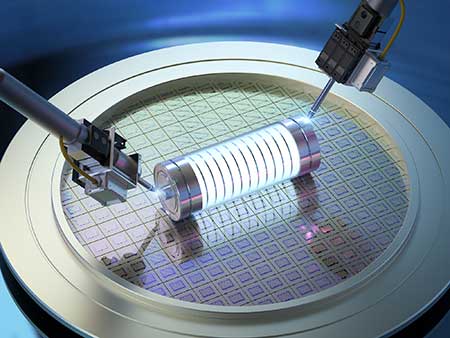 Artificial intelligence is having some profound effects on the scientific world these days. Even the most mundane item – batteries – are getting a makeover with AI.
Artificial intelligence is having some profound effects on the scientific world these days. Even the most mundane item – batteries – are getting a makeover with AI.
Researchers at Microsoft and the Pacific Northwest National Laboratory (PNNL), along with a little artificial intelligence technology, recently found a way to reduce the lithium content in batteries. AI and high-performance computing cracked the secret in a matter of days rather than the years or decades it would have taken through good old trial and error.
Using 70% less lithium, the prototype batteries were able to generate enough energy to power a lightbulb. That may not seem like a big deal, a single lightbulb, but it was only meant to test the theory.
It’s too early to see if the chemistry scales to larger energy-producing efforts, but the innovative combination of lithium and sodium does work. One has to think that Thomas Edison would have been pretty pumped if he got similar results when inventing the lightbulb. I have not failed. I just found 10,000 ways that won’t work.
While the battery itself is pretty cool, it’s the use of artificial intelligence in the sciences that is the real prize. The three-year project between these two research behemoths is just beginning to explore the possibilities, including new clean energy solutions that may not yet be on anyone’s drawing boards.
Researchers at Microsoft and the Department of Energy’s Pacific Northwest National Laboratory (PNNL) say they’ve discovered a way to reduce the lithium content in batteries by as much as 70%, using a process that shows the potential for artificial intelligence to significantly accelerate all sorts of scientific research.
In the case of this particular project, Microsoft’s AI tools were trained to evaluate millions of possibilities and suggest combinations that could work as solid-state electrolytes. The traditional pathway – trial and error – could have found 10,000 ways that didn’t work, rather than one that did right off the bat. AI took 32 million possibilities and reduced them to 23, 18 of which were unknown to the scientific world.
Commercialization of the new formula may be a ways off as a battery of tests (sorry, couldn’t resist the play on words) is still needed to optimize the chemistry and ensure the new batteries are safer and cheaper than their predecessors.